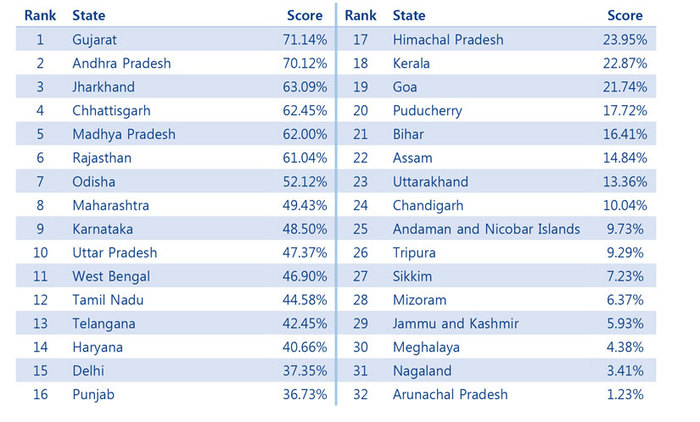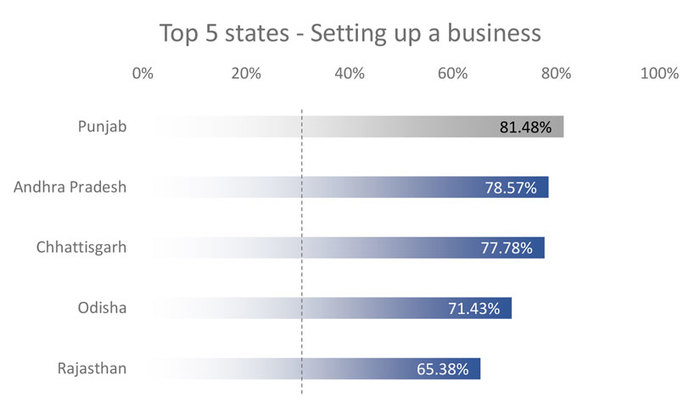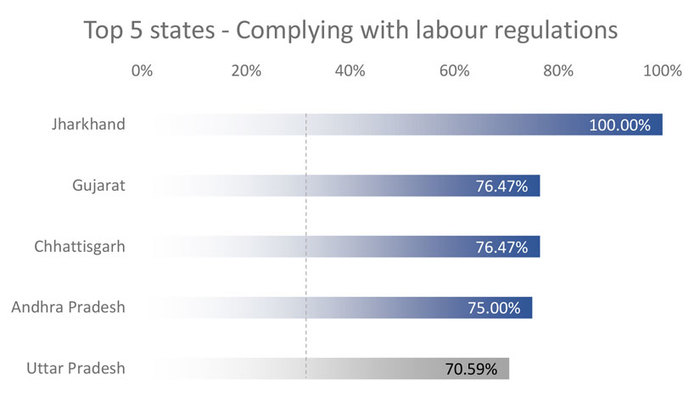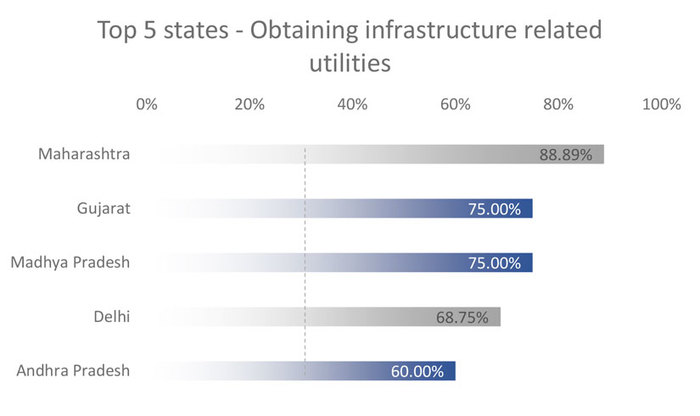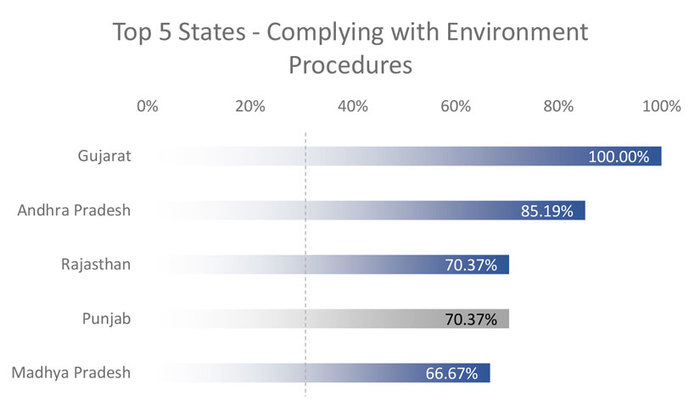We all want a happy life, and we all know that having a positive attitude feels better than a negative one. But for some reason, we are all attracted to and can be easily drawn to the negative side. How do we go about to establish a more positive attitude as a daily habit?
Even for someone like me, who thinks about and writes about positivity on an almost daily basis, having a positive attitude is not always easy.
I still sometimes see the world through a negative perspective, focusing on the bad and ignoring the good — especially when things aren’t going the way I had hoped. As I’ve been struggling with this lately, I’ve been reminding myself that it really is possible to change my perspective.
About a year and a half ago, I decided I was going to make a change in my life. I was going to start looking for the good, seeking the positive, and striving to make every day a joyful experience.
This was something I would have never imagined myself doing, but it’s something that has impacted my life every single day since then. I’ve had to do a lot to get to where I am right now, and I still believe I have a long way to go.
I’m not searching for any particular end point, however. All I want is to be happy, to live a life that focuses more on the good than the bad (though I do believe you need both to have a happy life).
On this road — this twisting, turning road to happiness — there have been many ups and downs. There have been challenges. There have been inspirations. There have been many amazing experiences that I never would have had if I had not made the choice to live a positive and happy life.
Recently, as I struggle to be positive about certain challenging situations in my life, I’ve been giving some serious thought to how I transformed my outlook from negative-focused to a more positive-focused one. (Note: I don’t always see the good. Like everyone, I have good days and bad days, but, for the most part, there has been a BIG shift in my attitude over the past year or so).
Though I have to admit that there are many, many factors involved in my personal development — such as my therapist, the countless books and blogs I read, creating my blog, and surrounding myself with happy, supportive people — I can say that, at the most basic level, choosing to be positive has helped me the most in terms of becoming the person I want to be.
When I think back on my transformation now, I recognize that the following five steps are the best ways to begin stumbling down that path to happiness by establishing a habit of positive attitude.
5 Steps to a Happy Life with Positive Attitude
Step 1: Believe Happiness is a Choice
For me, this was a hard one at first. I thought that people were either unhappy or happy (and I was one of the unhappy ones). I used to blame this on all kinds of outside forces –- fate, experiences, parents, relationships –- but never really stopped to think that I could choose to be happy.
Sure, this isn’t always easy, but it is always, always an option. Teaching myself to see that happiness is a choice has been one of the greatest things I’ve ever done for myself.
Now when I find myself in a bad situation, I know that it’s up to me to find the good, to be happy regardless of what’s happening around me. I am no longer pointing fingers, placing blame. I realize that everything happens how it happens and it’s up to me to choose how I want to feel about it. I am in control of my happiness level and no one can take that away from me.
Step 2: Rid Your Life of Negativity
If you want to live a positive, joyful and happy life, you cannot –- absolutely CANNOT -– be surrounded by negative people who are not encouraging your happiness. When I was a pretty negative person, I tended to attract other negative people.
When I decided to make the change to live a more positive life, I had to rid my life of all of the negative people in it. This, as you can imagine, wasn’t easy. Getting rid of people hurts -– even when you know they aren’t good for you or your current lifestyle.
Not only did I have to get rid of the negative people, but I also had to get rid of the negative things too. I had to stop doing certain things that were causing negativity in my life. I had to take a step back and examine which behaviors were good for me and which were not.
I learned to focus on the positive things I was doing and let go of the negative ones. This process was not easy and to be honest, is still ongoing, but I know this: having negativity in your life prevents you from living a truly positive existence.
Step 3: Look For the Positive in Life
There is the positive aspect in everything. In every person, in every situation, there is something good. Most of the time it’s not all that obvious. We have to look. And sometimes we have to look hard.
The old me just sat back and allowed things to happen by default. If I saw negative, I went with that feeling. I didn’t want to look harder or think too much about the good. I found it much, much easier to sit back and just accept what I saw (which was usually the bad).
Now, when I’m faced with a difficult or challenging situation, I think to myself, “What is good about this?” No matter how terrible the situation might seem, I always can find something good if I take the time to think about it.
Everything –- good and bad -– is a learning experience. So, at the very least, you can learn from bad experiences. However, there’s usually even more to it than that. If you really take the time to look, you will usually find something good, something really positive, about every person or situation.
Step 4: Reinforce Positivity in Yourself
Once I started thinking more positively and adapted to a more positive attitude, I realized I had to reinforce these thoughts and behaviors in myself so they would stick. As with any sort of training, practice makes perfect, and, yes, you can practice being positive.
The best and easiest way to do this is to be positive when it comes to who you are. Tell yourself you’re awesome. Tell yourself you look good. Tell yourself that you love and accept yourself completely. Tell yourself you did an awesome job at work or raising your kids or whatever it is you do.
Be honest with yourself, but do your best to look for the good. And, whatever you do, don’t focus on the negative. Nothing good can come of telling yourself that your butt’s too big or your latest career goal wasn’t met.
It’s okay to not like everything about yourself (yet), but don’t spend energy dwelling on the negative. Remind yourself of the good in you. We all have positive attributes and it’s up to you to remind yourself of them every day.
Step 5: Share Happiness with Others
Not only do you need to be positive with yourself for this new positive attitude to really take effect, you also need to be positive with others. You have to share your wealth of positivity with the world.
The best way I’ve found to do this is quite simple and basic: be nice. Be nice to other people, no matter what. Tell someone he or she looks nice today. Tell someone they did a great job on that presentation. Tell your parents or children (or both!) how much you love them and how great they are.
When someone is feeling down, do what you can to cheer him or her up. Send flowers. Write notes. Don’t gossip. Be kind to all living things. All of these things sound basic enough, but, for someone like me, they didn’t used to come easily.
In the past, I didn’t wanted to see the good in myself and, therefore, didn’t want to see it in others either. I used to be critical and condescending. Now I strive to be encouraging and supportive. I try not only to treat others, as I would like to be treated, but also to consider how they would like to be treated.
People appreciate positivity and the more you are sharing it with others, the more you are practicing it and reinforcing it in your own life.
Parting Words on the Positive Attitude Habit
When you start feeling like the idea of being a positive person is daunting, tell yourself this: “If someone who really used to struggle with a negative attitude, turned her life around with these five steps, then I can too!”
If anyone had told me a few years ago that I would be writing an article about developing a positive attitude and living a happy life, I would have laughed right in their face. I would have said, “Why in the world would someone want me to write about positivity?”
But here I am, writing this post, believing in these words, and knowing that every single day I am getting closer and closer to living the happy life I’ve secretly dreamed of living. If I can do it, you can do it. Believe in yourself and remember the most important lesson of all… a positive outlook is a choice. Choose to be positive. Choose to be happy. Life is short.










